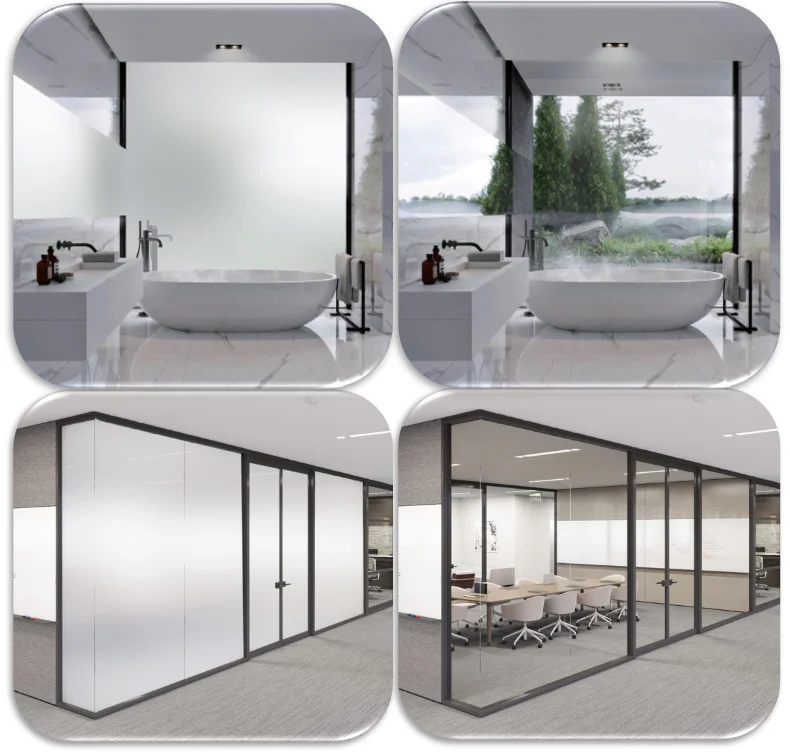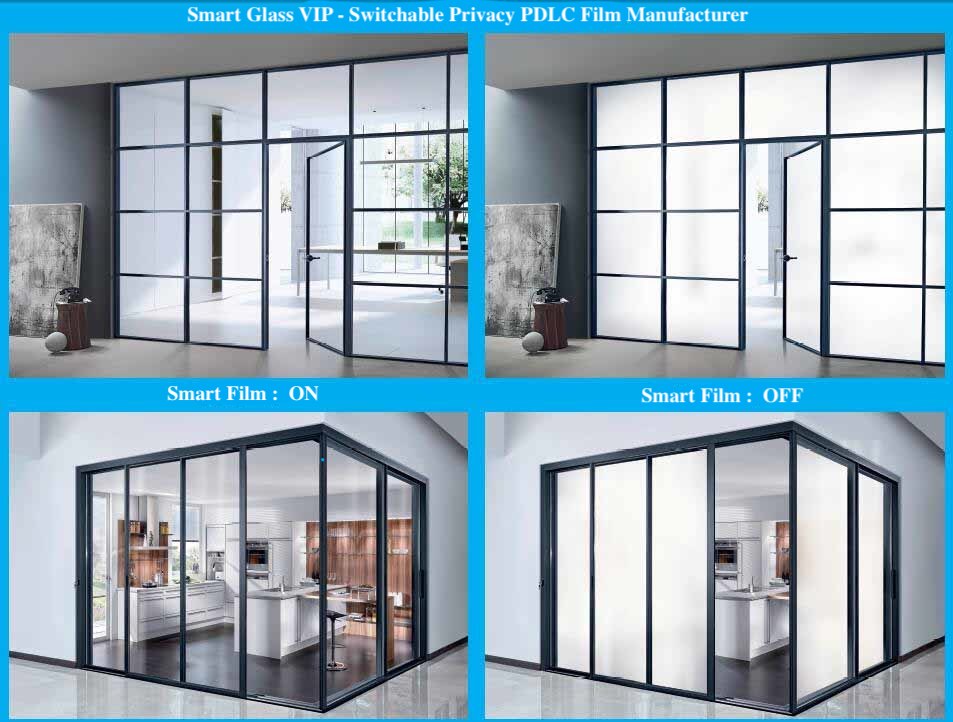With the arrival of switchable smart glass, people have found a convenient solution to privacy and UV-exposure, exchanging their blinds and window treatments for a PDLC glass that instantly turns from clear to opaque or vice versa with just a flick of a switch. Electrochromic glass, as switchable glass is also known, is an excellent addition to any building that requires a smart way to increase privacy or perhaps reduce solar gain.
While glass is an excellent material for buildings, turning otherwise dark, cold, and dingy environments into bright and airy settings, it also has its drawbacks, particularly in the way that it allows excessive amounts of light and heat into a room. On a hot and bright day, more heat enters your building, increasing your solar gain, and making your air conditioning system work harder—a massive waste of energy that can likewise cost you a great deal of money lost to high energy bill, while harming the environment. Even window fittings like blinds and curtains can only do so much in reducing solar gain. This is where electrochromic PDLC glass comes into play.
Switchable glass or electrochromic glass works like photochromic sunglass, which turns darker when hit by sunlight, only instead of turning dark, switchable smart glass turns transparent upon being electrically activated. In its non-electrically charged, “off” state, PDLC glass is translucent, preventing light from passing all the way through.
Smart glass technologies like PDLC glass alter how much light gets transmitted through otherwise transparent materials. They enable the glass material to appear opaque, translucent, or transparent, to match the needs of the application. These technologies help resolve conflicting functional and design demands that cause an imbalance in the benefits of open floor plans, natural lighting, and views as well as the rising need for energy and environmental conservation and privacy.



